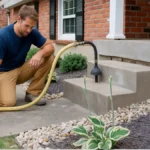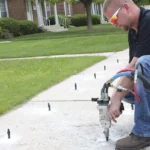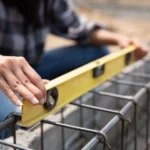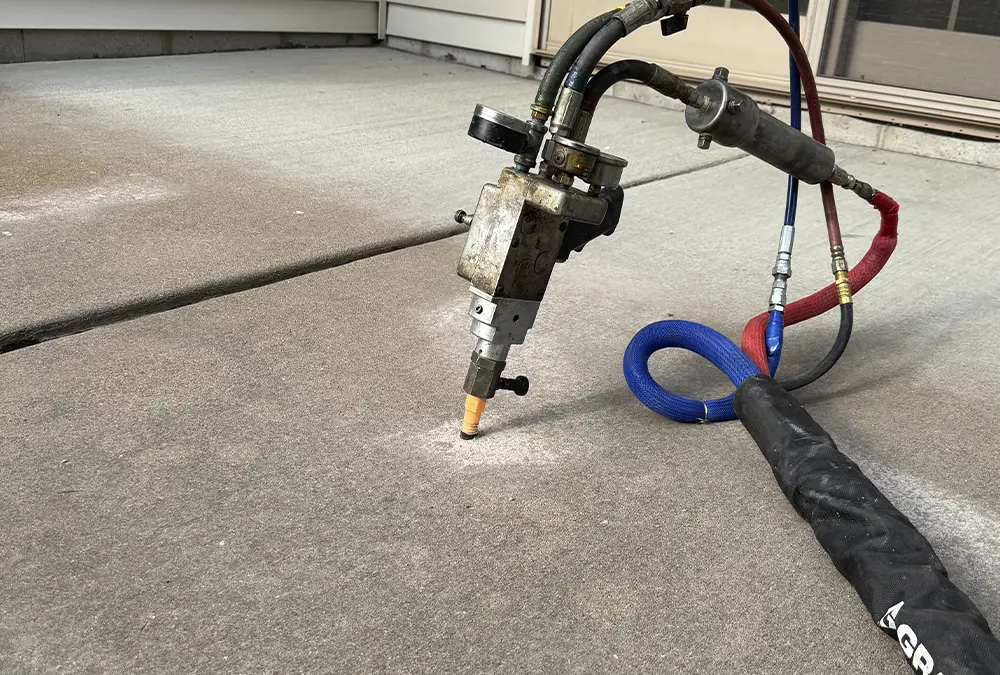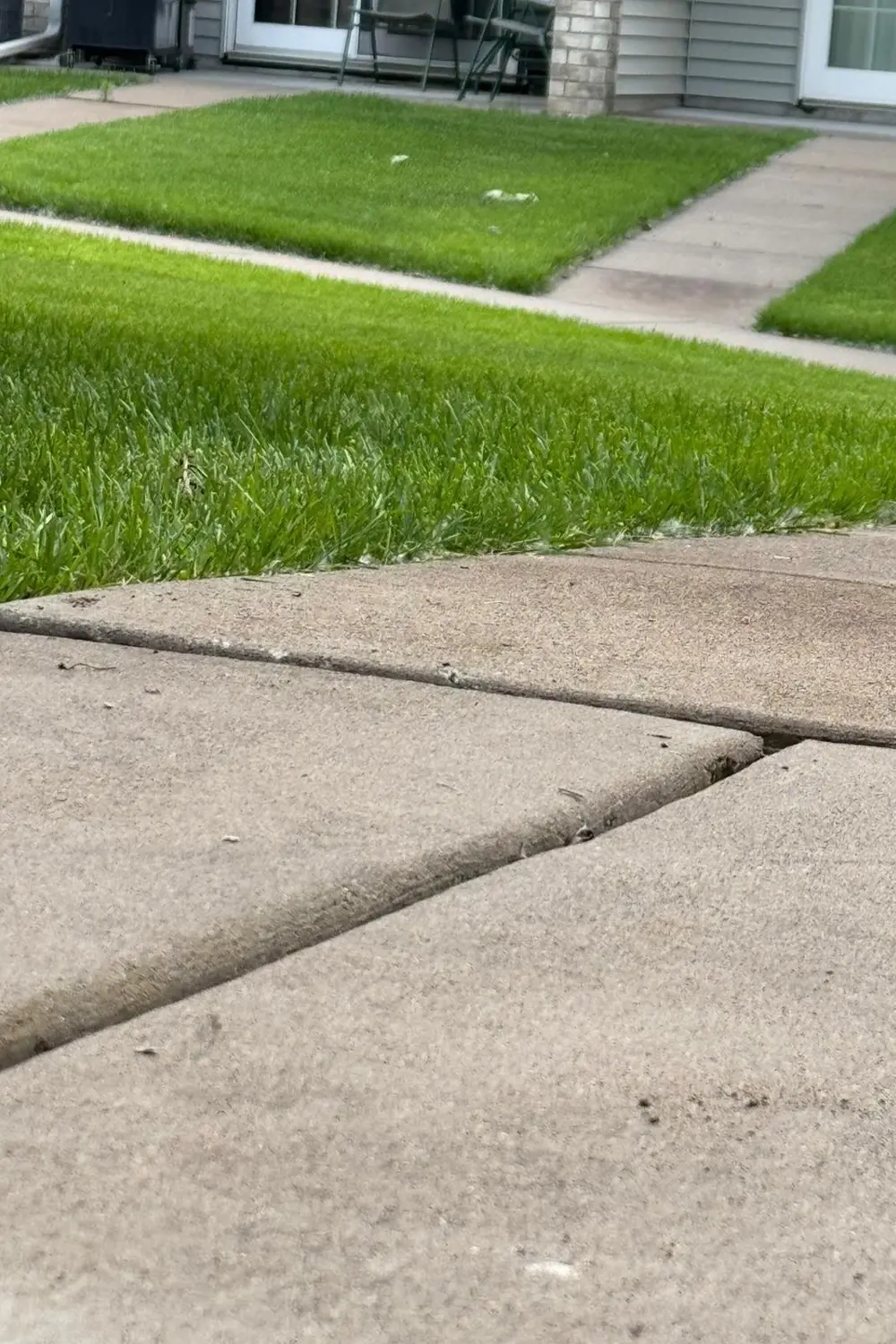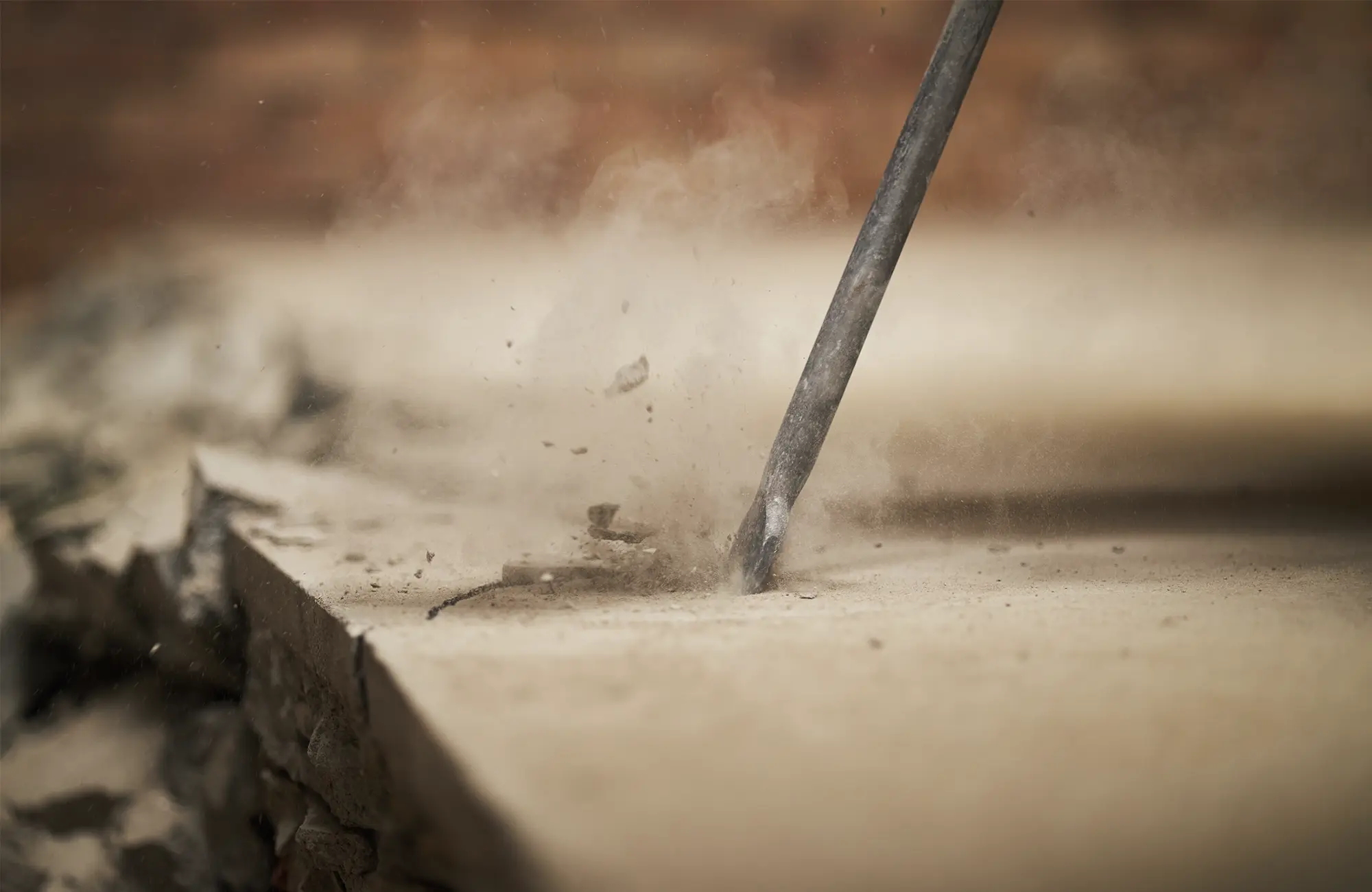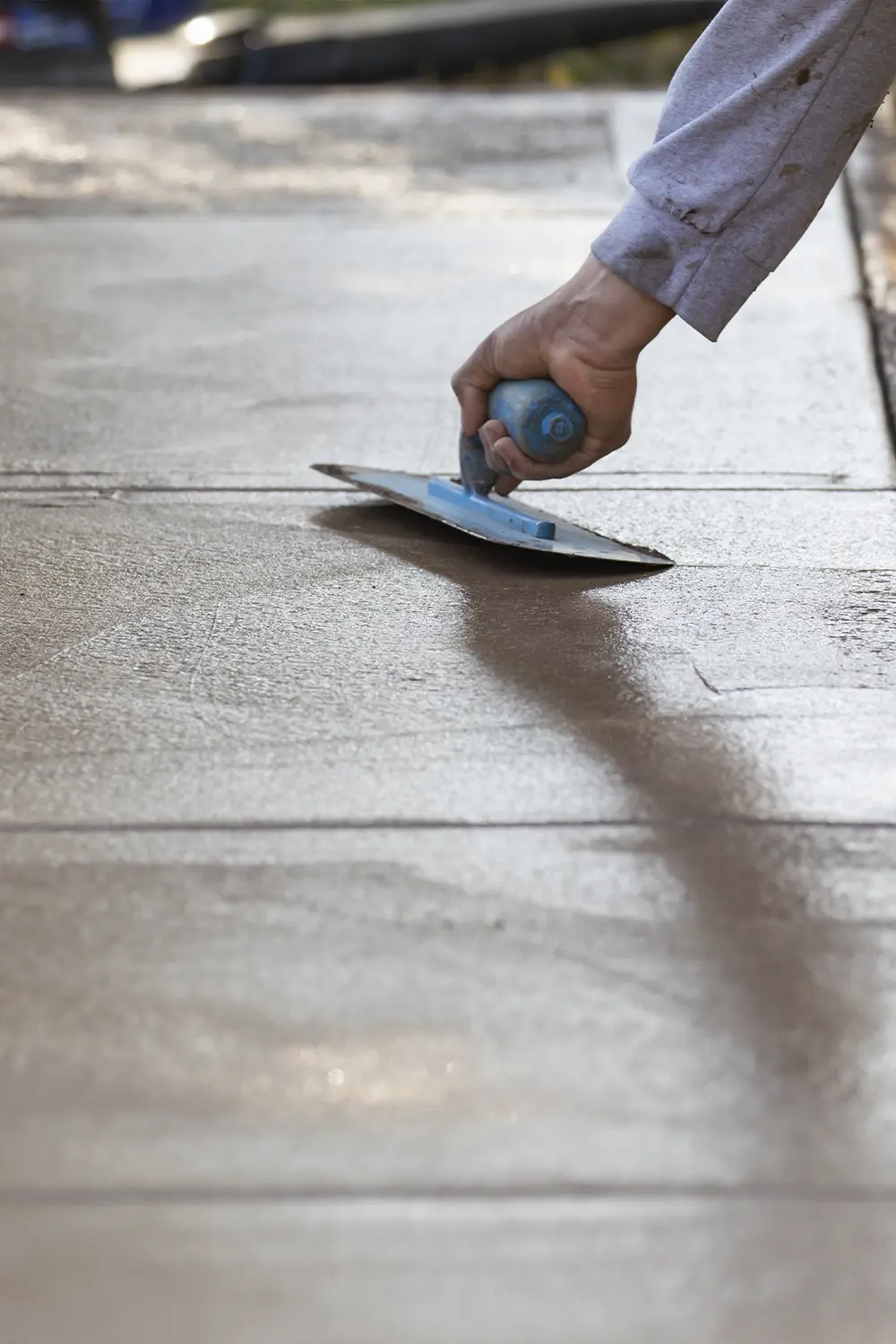Concrete may seem indestructible, but like any building material, it wears down over time. From driveways and sidewalks to patios and pool decks, cracked concrete is one of the most common signs of deterioration and it should never be ignored.
Even small cracks can lead to serious issues, including water damage, erosion, structural failure, and safety hazards. In this guide, you’ll learn how to identify early concrete damage signs, when to take action, and what repair options are available to prevent long-term problems.
What Causes Cracked Concrete?
There are several reasons why concrete cracks, and identifying the source is key to fixing the issue effectively. Common causes include:
- Soil movement beneath the slab
- Water infiltration and freeze-thaw cycles
- Heavy loads over time, especially on driveways
- Improper installation or lack of reinforcement
These forces create tension within the concrete, leading to cracks on the surface or even deep within the structure.
Concrete Damage Signs You Should Never Ignore
Some warning signs of structural concrete damage are easy to spot, while others are more subtle. Here are a few indicators you should act on immediately:
Expanding Cracks
If a small crack is growing wider or longer over time, it’s more than cosmetic. These expanding cracks often allow moisture to penetrate, weakening the base and accelerating deterioration.
Uneven or Sunken Slabs
Sinking sections of your sidewalk or patio usually point to a void under the slab. This could be caused by water washing away the soil or poor compaction during construction.
Pooled Water
After it rains, do you see water collecting near cracks? This suggests drainage problems and increases the risk of slab shifting or further cracking.
Exposed Rebar or Rust Stains
If you notice rust or exposed steel reinforcement, your slab may be experiencing internal corrosion. This is a clear sign of structural compromise.
Why Cracked Concrete Can Be a Serious Risk
Beyond the aesthetics, cracked concrete can pose real hazards:
- Trip and fall risks on uneven surfaces
- Foundation shifts that affect surrounding structures
- Water infiltration leading to mold or base erosion
- Legal liability in commercial or rental properties
According to the American Concrete Institute, ignoring structural cracks increases the likelihood of collapse, especially when moisture accelerates internal corrosion.
Urgent Concrete Repair Solutions That Work
Today’s repair technologies are fast, non-invasive, and long-lasting. One of the most effective methods is polyurethane foam injection, also known as polyjacking. This process lifts and stabilizes sunken concrete without demolition.
Kaplan Concrete offers professional concrete leveling and repair services in Minnesota using industry-approved materials and techniques.
This approach is ideal for fixing sunken concrete, voids, and shifting slabs in a clean and efficient way.
How to Prevent Concrete Damage in the Future
While no material lasts forever, you can significantly extend the lifespan of your concrete surfaces with a few preventive measures:
- Reseal concrete every 2–3 years to block moisture
- Improve drainage to avoid water pooling
- Use de-icing products that are safe for concrete
- Schedule annual inspections to catch early signs
These steps reduce the chance of future concrete slab issues and help you avoid costly repairs.
Schedule a Concrete Evaluation with Kaplan Concrete
If you’ve noticed any signs of damage on your driveway, sidewalk, or patio, don’t wait. Cracked concrete can escalate quickly without intervention. Our team at Kaplan Concrete is ready to inspect, diagnose, and provide customized repair solutions that last.
Visit our contact page to schedule your evaluation today.




